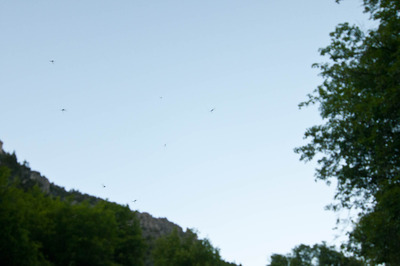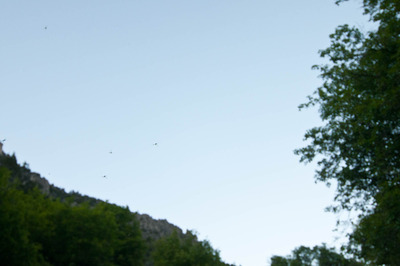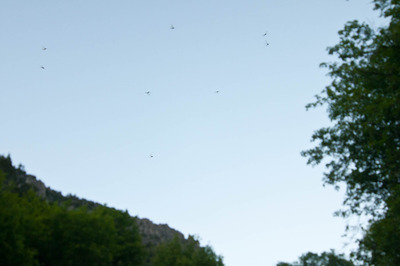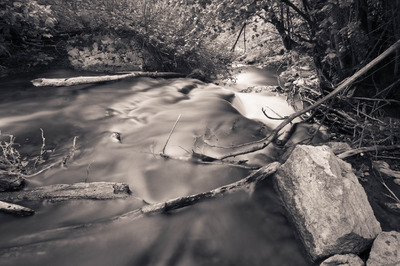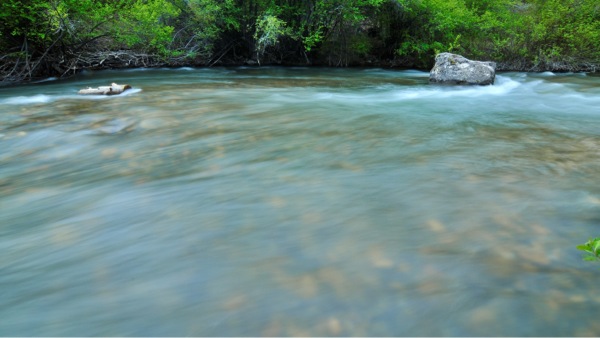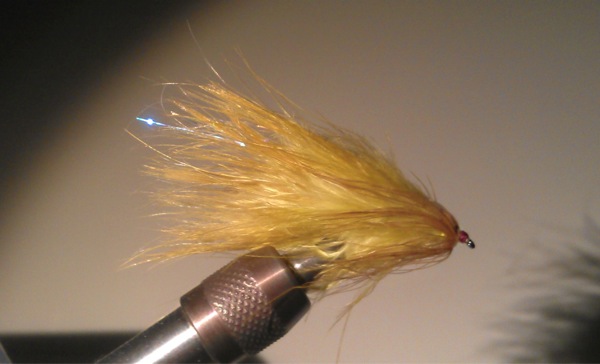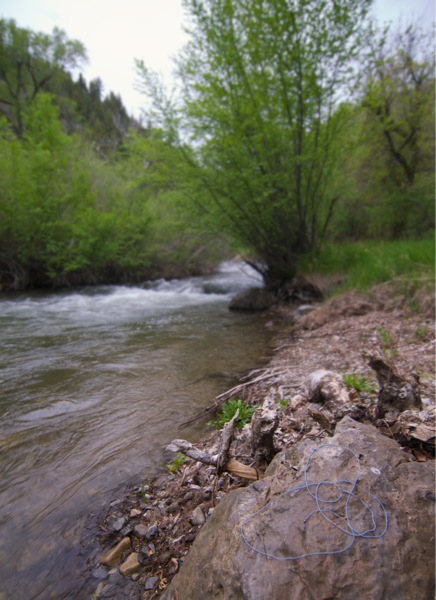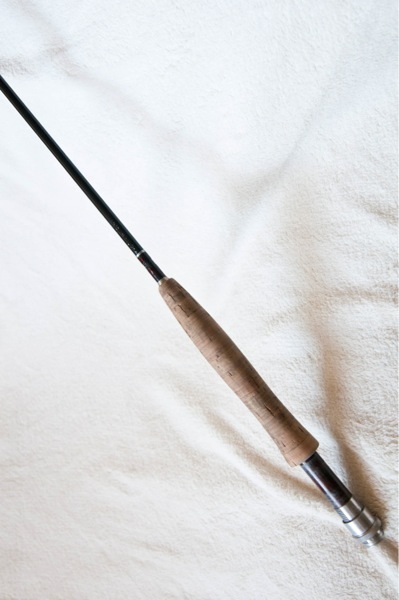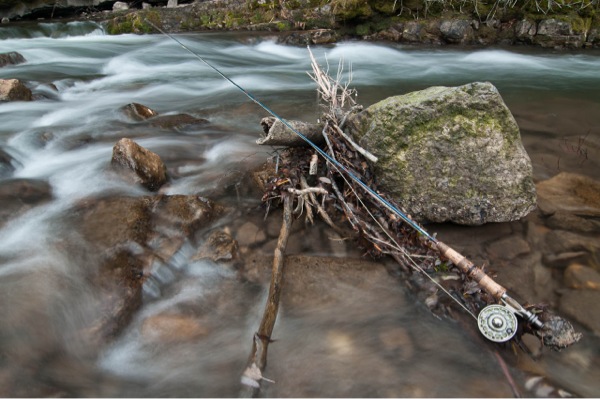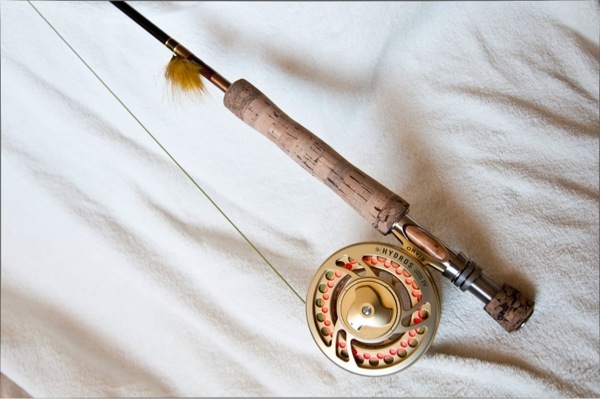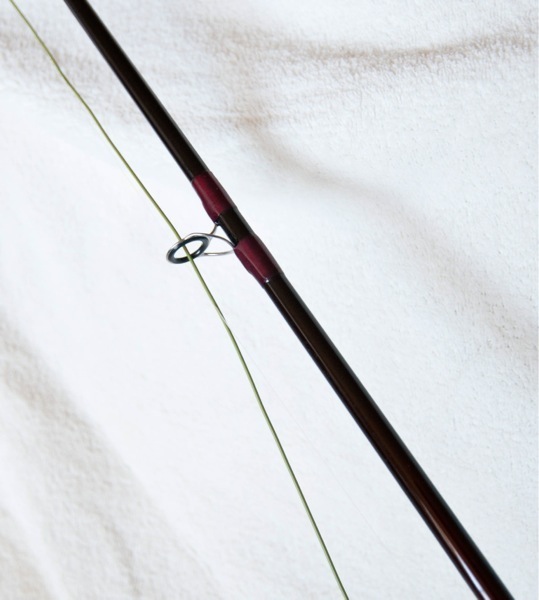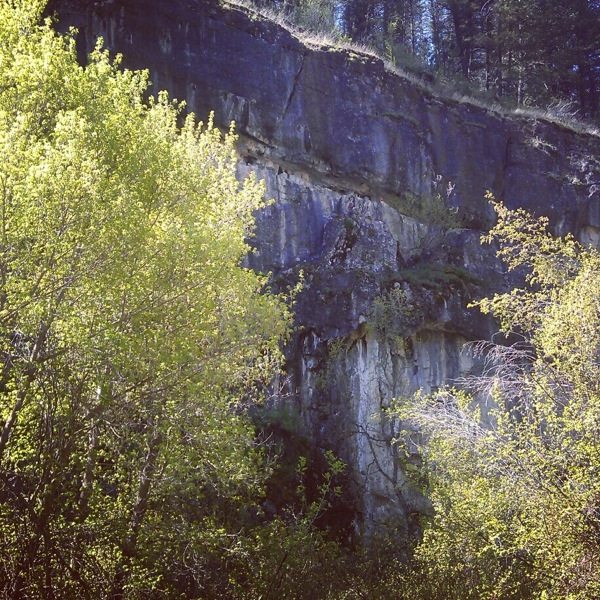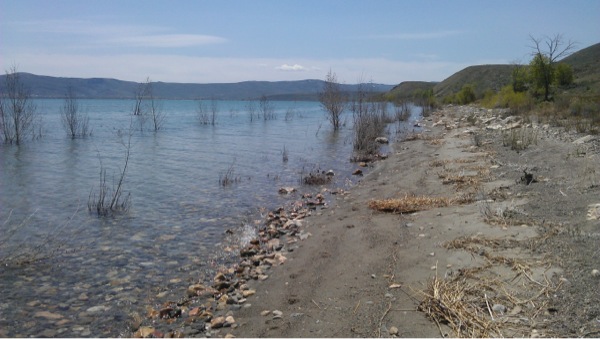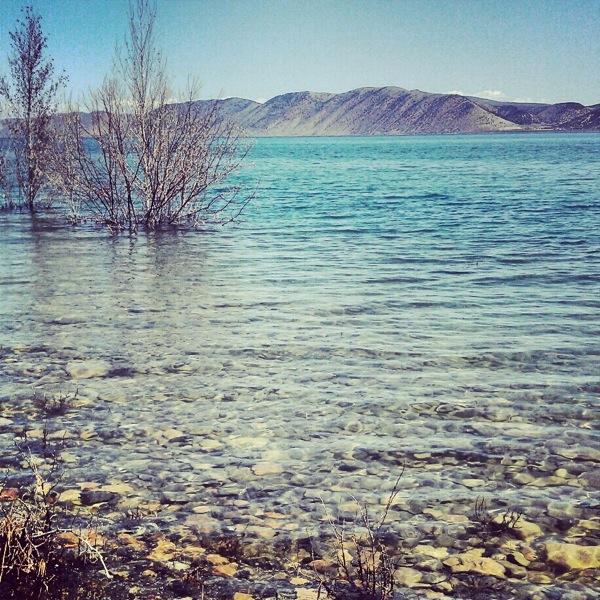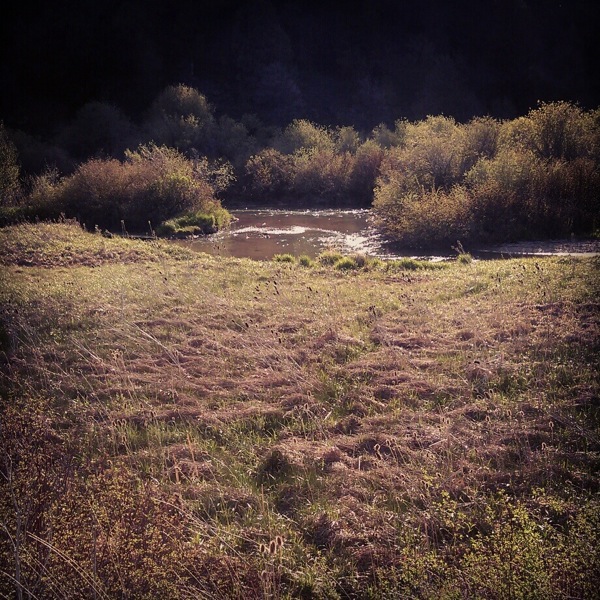The last couple years, me and my dad and brothers have gone fishing up on the Fall River and sometimes the Henry's Fork, and this year we turned it into a full on family vacation.
We stayed at the Coffee Pot Campground on the Henry's for two gorgeous nights, though the second was rainy the whole night.
When we arrived, the fish were rising and we rushed to line our rods and get in the water to see what the fish were feeding on. It turned out there was a small Green Drake hatch with a few caddis and PMD's, and we tied our flies on and tossed them out. I missed every strike I had, but my brother managed to hook and land a fish.
We fished for the rest of the afternoon and into the evening, and enjoyed the lovely Island Park sunset.
Sunset at Coffee Pot Campground, Island Park, Idaho 2013
I also couldn't resist photographing the full moon rise.
Moonrise, Island Park, Idaho 2013
I woke up early the next morning and made a few photographs. And I should point out that I just love being able to carry a darkroom in my pocket. My camera phone and the myriad of photography apps I have come in really handy if I don't want to carry my DSLR.
Sunrise, Coffee Pot Campground, Island Park, Idaho, 2013
Fallen Tree, Henry's Fork, Island Park, Idaho 2013
We had breakfast, and sat around at camp before we decided to go to Big Springs and look at the fish, but there were only three or four, and they weren't the behemoths that have been there in the past. We heard a couple different possible reasons for their disappearance, including the sea gulls just pushing them out, and them being illegally fished.
Fallen Trees, Big Springs, Island Park, Idaho 2013
After Big Springs we picked up a few flies at the Trout Hunter Fly Shop and then headed to the Buffalo River, where we all managed to catch a few fish each. And, I'm actually proud to say I got outfished by my little sister on her first time with a fly rod.
While we were there, a pretty good sized Green Drake hatch came off.
Green Drake With Two Legs Missing, Buffalo River, Island Park, Idaho 2013
When we were done, determined partly by grumbling stomachs and rumbling thunder not far off, we headed back to camp, where it continued to rain for a few more minutes, then cooked dinner when it finally let up.
Afterwards, we sat and sang and played our instruments and visited with a good friend of ours who is working at the scout camp this summer, before we called it a night and went to bed.
Then Tuesday, after we packed up, we stopped at Upper Mesa Falls to make a few photographs. It'd been several years since I'd been there, so it was good to rephotograph these scenic falls.
Upper Mesa Falls, Henry's Fork, Idaho 2013
Henry's Fork Below Upper Mesa Falls, Idaho 2013
Upper Mesa Falls, Henry's Fork, Idaho 2013
Henry's Fork Below Upper Mesa Falls, Idaho 2013
Upper Mesa Falls, Henry's Fork, Idaho 2013
I always hate leaving that place, and it was no easier yesterday. It's a good thing I should be going back again in a couple weeks.

